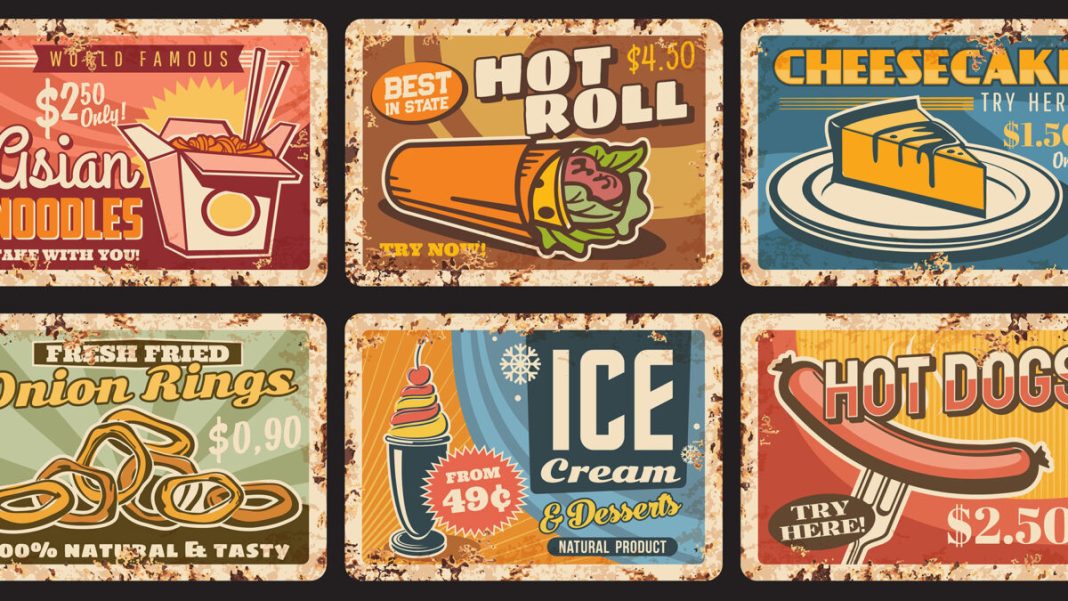The unprecedented rise in the power, scope, and sophistication of food marketing starting around 1980 aligns well with the blastoff slope of the obesity epidemic.
In the 1970s, the U.S. government went from just subsidizing some of the worst foods to paying companies to make more of them: “Congress passed laws reversing long-standing farm policies aimed at protecting prices by limiting production” and started giving payouts in proportion to output. Extra calories started pouring into the food supply.
Then Jack Welch gave a speech. In 1981, the CEO of General Electric effectively launched the “shareholder value movement,” reorienting the primary goal of corporations towards maximizing short-term returns for investors. This placed extraordinary pressure from Wall Street on food companies to post increasing profit growth every quarter to boost their share price. There was already a glut of calories on the market and now they had to sell even more.
This placed food and beverage CEOs in an impossible bind. It’s not like they’re rubbing their sticky hands together at the thought of luring more Hansels and Gretels to their doom in their houses of candy. Food giants couldn’t do the right thing even if they wanted. They are beholden to investors. If they stopped marketing to kids or tried to sell healthier food or did anything else that could jeopardize their quarterly profit growth, Wall Street would demand a change in management. Healthy eating is bad for business. It’s not some grand conspiracy; it’s not even anyone’s fault. It’s just how the system works.
As I discuss in my video The Role of Marketing in the Obesity Epidemic, given the constant demands for corporate growth and rapid returns in an already oversaturated marketplace, the food industry needed to get people to eat more. Like the tobacco industry before them, it turned to the ad makers. The food industry spends about $10 billion a year on advertising and around another $20 billion on other forms of marketing, such as trade shows, consumer promotions, incentives, and supermarket “slotting fees.” Food and beverage companies purchase shelf space from supermarkets to prominently display their most profitable products. They pay supermarkets. The practice is also known as “cliffing,” because companies “force suppliers to bid against each other for shelf space with the loser pushed ‘over the cliff.’” With slotting fees costing up to $20,000 per item, per retailer, and per city, you can imagine what types of foods get the special treatment. Hint: It ain’t broccoli.
To get a sense of what kind of products merit prime shelf real estate, look no further than the checkout aisle. “Merchandising the power categories on every lane is critical,” reads a trade publication on the “best practices for superior checkout merchandising.” It was referring to candy bars and beverages. Just a 1 percent power category boost in sales could earn a store an extra $15,000 a year. It’s not that publicly traded companies don’t care about their customers’ health. They might, but like most of the leading grocery store chains, their “primary fiduciary responsibility is to increase profits” above other considerations.
For instance, tens of millions of dollars are spent annually advertising a single brand of candy bar. McDonald’s alone may spend billions a year. Now, “the food industry is the biggest spender on advertising of any major sector of the economy.”
“Reagan-era deregulatory policies removed limits on television marketing of food products to children.” Now, the average child may see more than 10,000 TV food ads a year, and that’s on top of “the marketing content online, in print, at school, at the movies, in video games, or at school,” or even on their phones. “Nearly all food marketing to children worldwide promotes products that can adversely affect their health.”
Besides the massive early exposure and ubiquity, food marketing has become “highly sophisticated. With the help of child psychologists, companies began to understand the factors that unconsciously influenced sales. They found out, for example, how to influence children and get them to manipulate their parents.” Packaging was designed to best attract a child’s attention, and then those products are placed at their eye level in the store. You know those mirrored bubbles in the ceilings of supermarkets? They aren’t just for shoplifters. Closed-circuit cameras and GPS-like devices on shopping carts are used to strategize how best to guide shoppers toward the market’s most profitable products. Behavioral psychology is widely applied to increase impulse buying, and eye movement tracking technologies are utilized.
The “unprecedented expansion in the scope, power, and ubiquity of food marketing…coincided with an unprecedented expansion in food consumption in predictable ways.” Some techniques have “skyrocket[ed] from essentially zero to multi-billion-dollar industries” since the 1980s, including “product placement, in-school advertising, event sponsorships.” This led one noted economist to conclude that “the most compelling single interpretation of the admittedly incomplete data we have is that the large increase in obesity is due to marketing.” Yes, innovations in manufacturing and political maneuvering led to a food supply bursting at the seams with close to 4,000 calories a day for us all, but it’s the advances in marketing manipulations that try to peddle that surplus into our mouths.
I think the natural reaction to the suggestion of the power of marketing is: I’m too smart to fall for that. Marketing works on other people, but I can see through it. But that’s what everyone thinks! For a splash of cold water to shake us all out of this delusion, I next bring you some data: The Role of Food Advertisements in the Obesity Epidemic.
Also, for both the role of marketing and food advertisements, check out Friday Favorites: The Role of Marketing and Food Advertisements in the Obesity Epidemic.
This is the seventh in an 11-video series. If you missed any of the first six, check out the related posts below.







